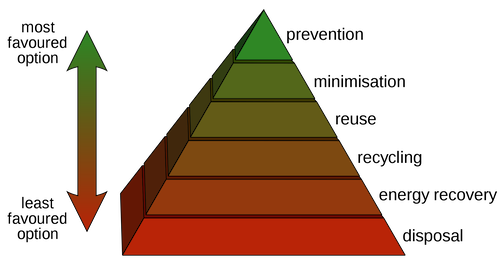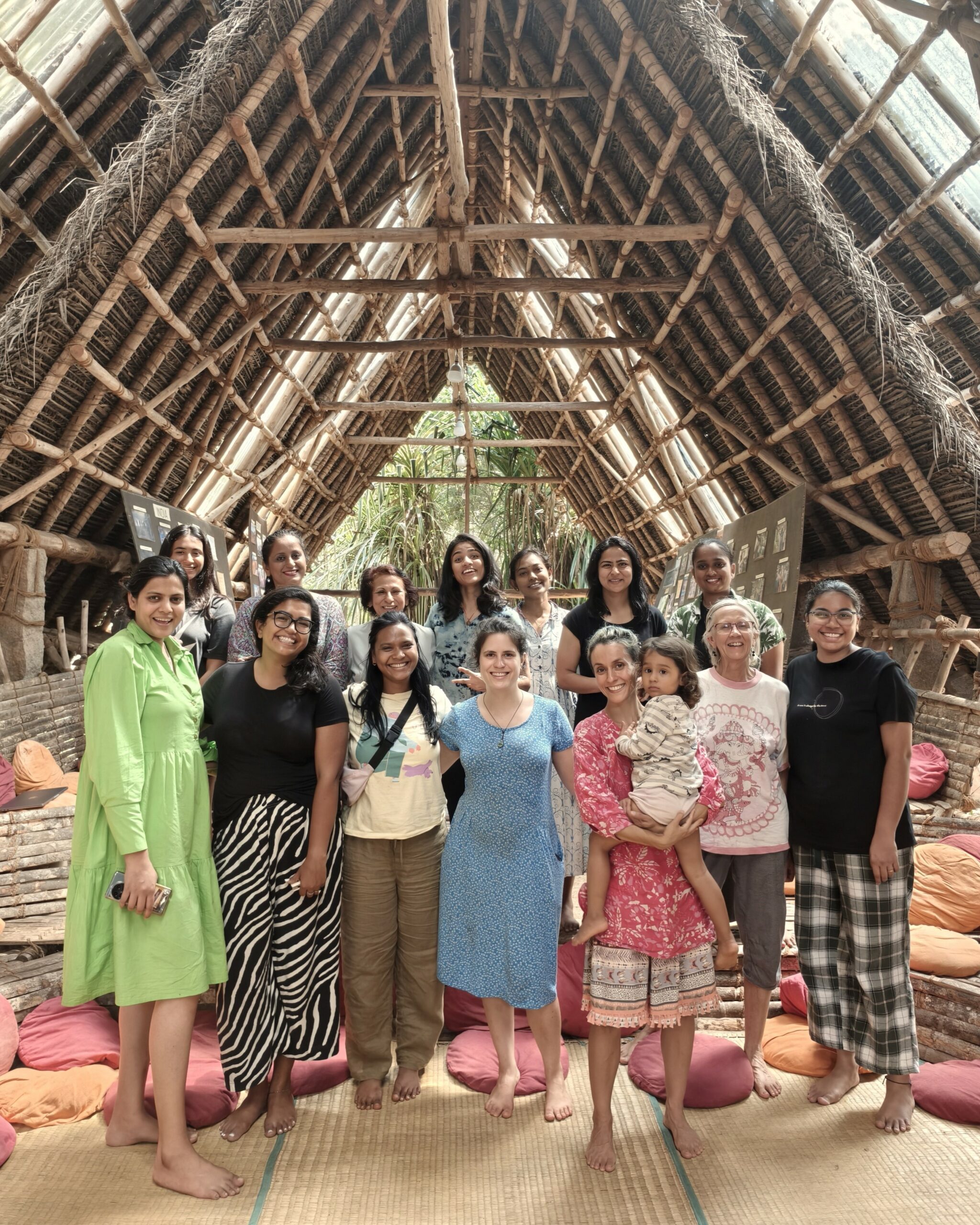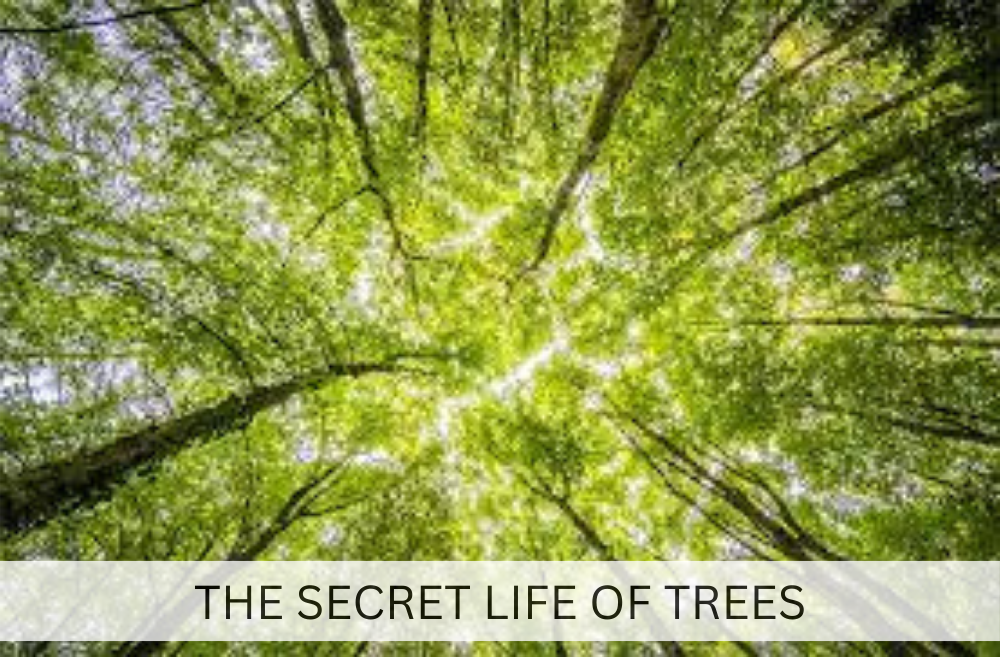THE COMMUNITY KITCHENENERGY TRANSPORTATION COMPOST TOILETS DOMESTIC WATER USE
Trash, Rubbish, Waste, Garbage
There is no such thing as trash. The items we call trash are simply things people have created and then lost interest in. Today, creation of waste is the direct result of production and consumption patterns that are based on a system of convenience. It could be said that one person’s trash is another person’s problem. Sadhana Forest is committed to conscious consumption and claiming responsibility for the waste that is generated on site. We work hard at developing means of repurposing materials within the community and encourage participants to deeply consider the types of items they purchase and use.
The waste we produce is primarily sorted at our on-site recycling center. Participants collect labeled bins from around the community and sort trash into categories of plastic, glass, paper, organic waste, metal, sanitary waste and mixed items. These materials are then separated into smaller subcategories and evaluated to see which materials can be reused and repurposed.
Currently, an Auroville-based waste management provider picks up recyclable items that are not repurposed within the community. Although the amount is small, some non-recyclable waste is still produced at Sadhana and is sent to a landfill each month. Again, we make an effort to reduce the amount of materials sent out to recycling and waste centers as we feel it is our responsibility to deal with our waste on site.
You can read how we deal with our ‘human waste’ here: (Compost Toilets)
Zero Waste Sadhana
[justified_image_grid ids=6064 caption=off aspect_ratio=16:9]
After years of experimenting with waste reduction techniques, Sadhana Forest has decided to transition to becoming a Zero Waste Zone. Zero Waste involves much more than creating new systems for recycling and repurposing materials. Becoming a Zero Waste community requires rethinking the inherent life cycle of all items we use as consumers. Zero Waste philosophy seeks to imitate the life cycle of resources in nature in which nothing is wasted, but reused in another stage in the continuum. The Zero Waste International Alliance defines zero waste as such:
“Zero Waste means designing and managing products and processes to systematically avoid and eliminate the volume and toxicity of waste and materials, conserve and recover all resources, and not burn or bury them.”
During their stay, the thousands of guests, and students that visit Sadhana Forest India each year live in awareness of their consumption and waste-producing patterns. Rather than the popular model of “reduce, reuse, recycle” Sadhana upholds the slogan of “use it up, wear it out, make it do, or do without!” This philosophy promotes mindful thought provoking consumption as well as waste reduction, which will in turn help reduce global carbon emissions. We believe setting an example for waste awareness will influence conservation efforts far beyond the locality of Sadhana Forest.
After the celebration of our tenth birthday, the Zero Waste Project at Sadhana began in January 2014. A U.S. based organization, Living Routes, provided us with a grant to further our efforts of a low carbon lifestyle. By analyzing our purchasing and disposal behavior, we created a framework for little to no waste generation at Sadhana Forest. The goals for this project are as follows:
- To repurpose or responsibly recycle 95% of the waste accumulated on site
- To integrate the zero waste philosophy into the framework of Sadhana Forest.
We encourage our participants to distinguish their needs from their wants and reflect on why they buy the things they do. Though we aim to decrease excessive consumption habits, we understand that waste often accompanies essential items. Because of this, Sadhana is committed to 95% waste repurposing. This means that almost all of the waste created at Sadhana will be remade into something that is useful and uplifting for the community.
Children’s Land Recycling
Our Children’s Land Project also has a recycling workshop for the children. Rafts for the mud pool, art work, and musical instruments are examples of what the children have created.
THE COMMUNITY KITCHEN GARDEN ENERGY TRANSPORTATION COMPOST TOILETS DOMESTIC WATER USE




